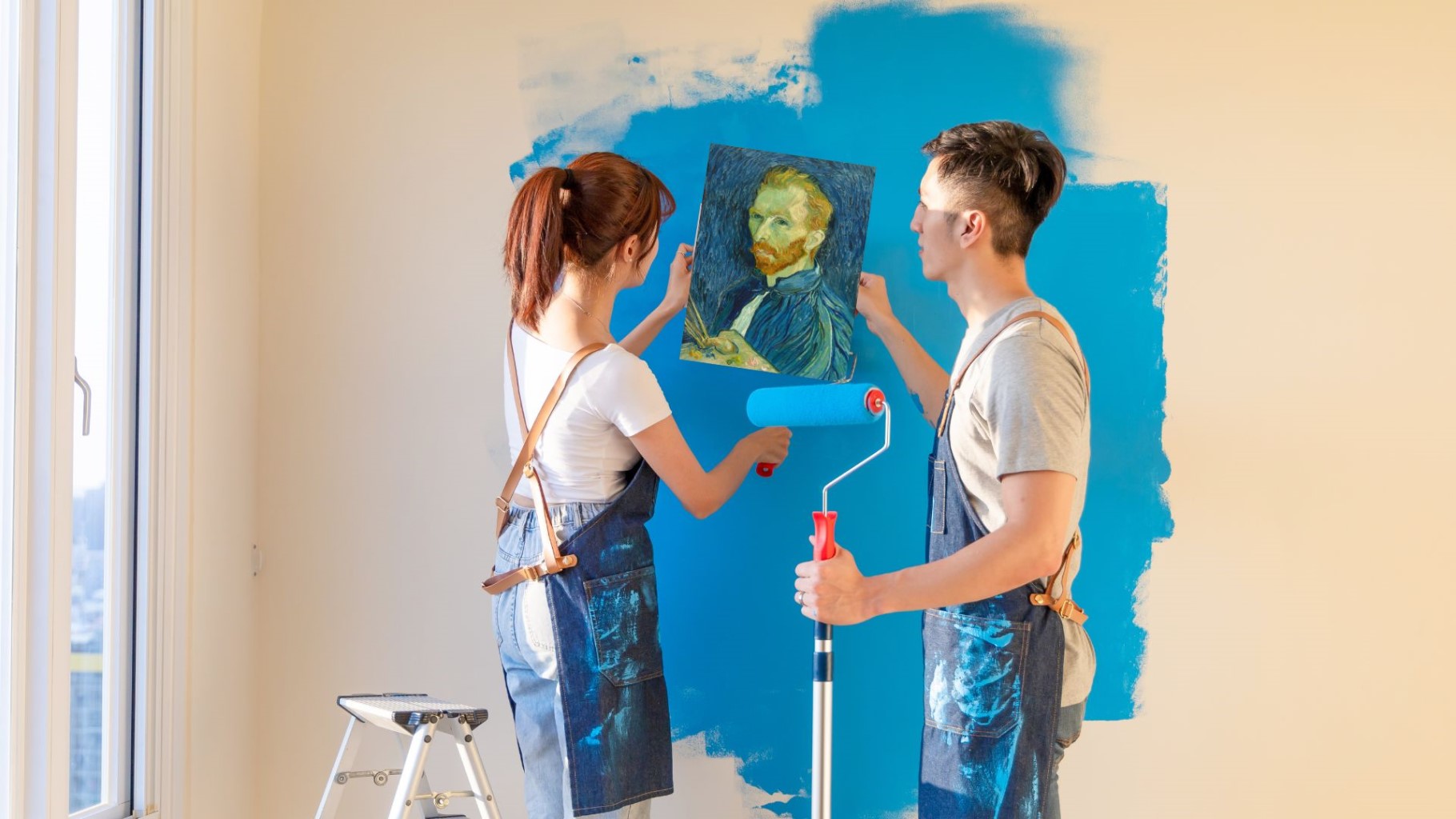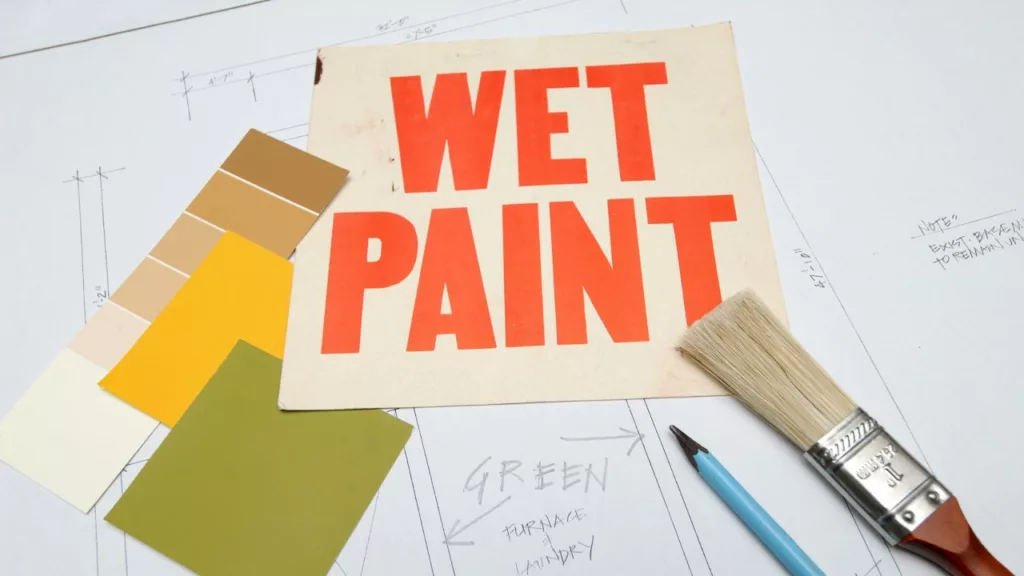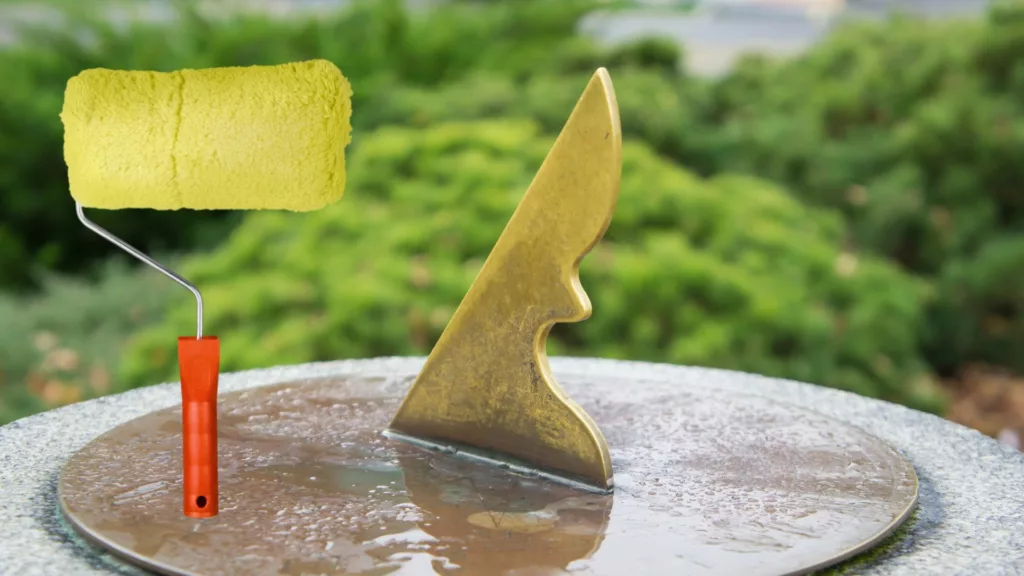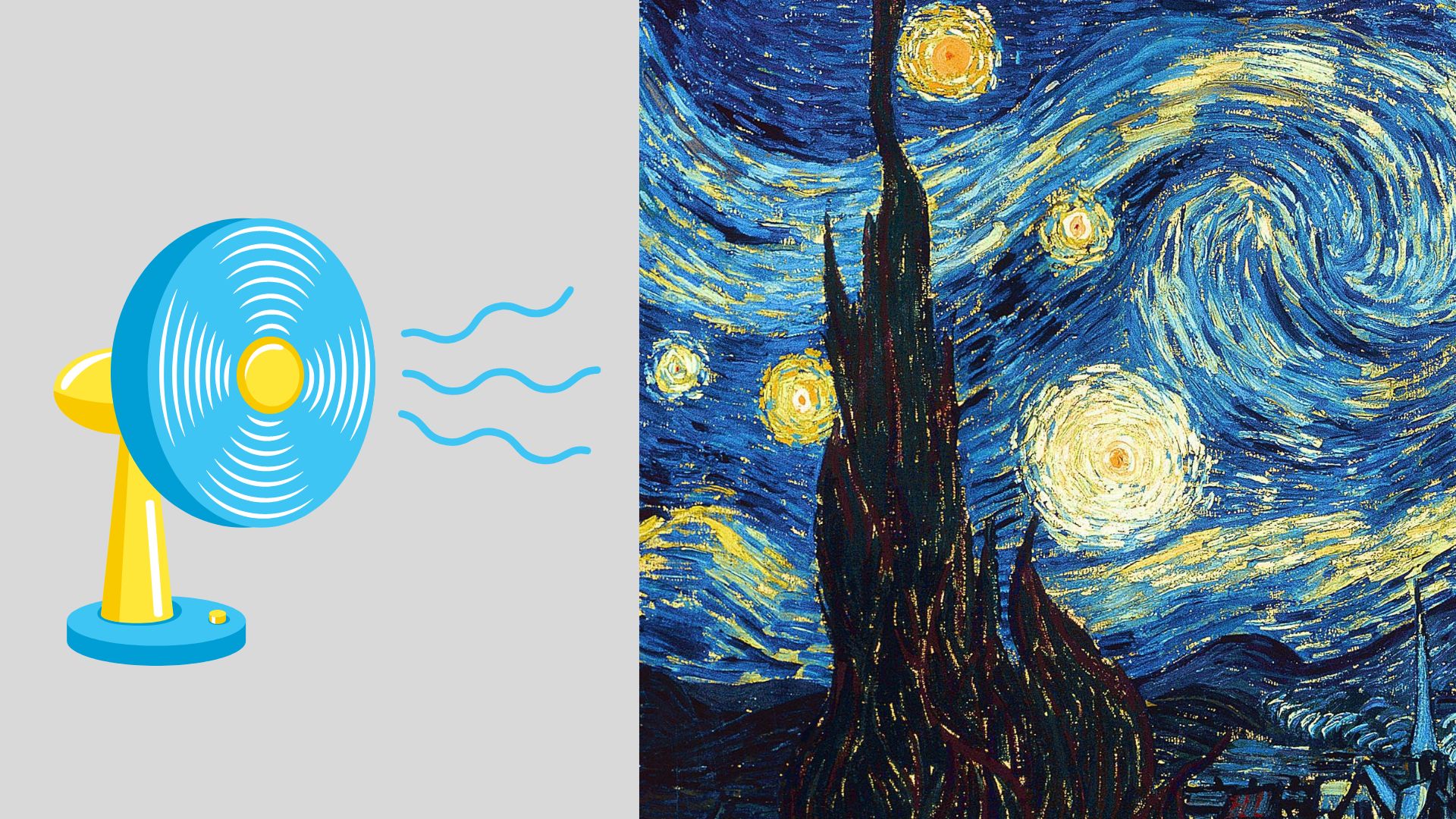When it comes to painting your home, one of the most important steps is allowing the paint to dry properly before hanging pictures or other items on the wall. The drying time is crucial for ensuring the paint job looks great and lasts a long time. In this comprehensive guide, we will discuss how long to let paint dry before hanging pictures and answer various related questions to give you the best tips for a successful paint job.
How Long After Painting Can You Hang Art?

The amount of time you should wait after painting before hanging art depends on the type of paint used, the number of coats applied, and the environmental conditions. Here’s a general rule for different types of paints:
Acrylic paint
Acrylic paint typically takes about 1-2 hours to dry to the touch but may require up to 24 hours before it is safe to hang pictures. It’s a good idea to wait at least 24 hours for optimal results.
Latex paint
Latex paint dries to the touch within 1 hour but can take up to 4 hours to dry enough for hanging pictures. For best results, it is recommended to wait at least 24 hours before hanging pictures on a wall painted with latex paint.
Oil-based paint
Oil paint takes much longer to dry compared to water-based paints, such as acrylic and latex paints. It is best to wait at least 24-48 hours before hanging pictures on a wall painted with oil-based paint, but drying times can vary depending on the specific brand and environmental factors like humidity and temperature.
How Long to Wait After Painting to Put Outlet Covers Back On?
It’s generally recommended to wait at least 24 hours after painting before putting outlet covers back on. This allows enough time for the paint to dry and prevents potential damage to the paint job.
How Long Does Latex Paint Take to Dry Before Hanging?
As mentioned earlier, latex paint typically takes up to 4 hours to dry enough for hanging pictures. However, for best results, it is recommended to wait at least 24 hours before hanging pictures on a wall painted with latex paint.
How Do You Know If Paint Is Cured?

Cured paint refers to the stage when the paint has reached its maximum hardness and durability. The curing process usually takes longer than the drying process. Here are a few ways to know if your paint is cured:
- Touch the painted surface: If the paint feels hard and doesn’t leave any marks or impressions when pressed, it’s likely cured.
- Look for a uniform sheen: Cured paint will have a consistent sheen across the entire surface.
- Perform the fingernail test: Gently scratch the paint with your fingernail. If it doesn’t leave any marks or easily peel off, the paint is likely cured.
What Happens If You Don’t Let Paint Cure?
If you don’t allow the paint to cure properly, you might experience various issues, such as:
- Reduced durability: Uncured paint is more susceptible to damage, chipping, and peeling.
- Difficulty in cleaning: Uncured paint can be more challenging to clean and may be more prone to staining.
- Compromised adhesion: Hanging pictures or placing furniture against uncured paint may cause the paint to peel or stick to the objects.
- Inconsistent finish: Not allowing paint to cure can result in an uneven sheen or texture on the painted surface.
- Longer-term problems: Failing to let paint cure can lead to issues down the road, such as peeling, blistering, or poor overall paint performance.
How Do You Speed Cure Paint?
Here are some ways to speed up the paint curing process:
- Opt for quick-drying paint: Certain types of paint, like latex and acrylic, dry and cure faster than oil-based paints.
- Use thin coats: Applying thinner coats of paint can help it dry and cure more quickly.
- Increase ventilation: Good airflow helps paint dry faster by promoting the evaporation of water molecules and volatile organic compounds (VOCs).
- Control temperature and humidity: Ideal conditions for paint curing are temperatures between 70-77°F (21-25°C) and relative humidity levels below 50%.
- Use fans or heaters: A fan can help circulate air and speed up the drying process, while a heater can raise the temperature to the optimal range for curing.
- Apply additives: Some paint additives can be used to speed up the drying and curing process. Always follow the manufacturer’s instructions and recommendations.
What Temperature Does Paint Cure Best?
Paint generally cures best at temperatures between 70-77°F (21-25°C). However, this can vary depending on the specific paint type and manufacturer’s recommendations.
How Long Does Paint Take to Fully Cure?

The time it takes for paint to fully cure depends on the paint type and environmental factors. In general, latex and acrylic paints take about 2-4 weeks to cure, while oil-based paints can take up to 2-3 months. Be sure to check the manufacturer’s recommendations for specific cure times.
Does Paint Cure Better in Hot or Cold?
Paint cures better in moderate temperatures, typically between 70-77°F (21-25°C). Extreme hot or cold temperatures can negatively impact the curing process, resulting in a poor-quality paint job. In colder temperatures, paint may take longer to cure, while in hotter temperatures, paint may dry too quickly, leading to an uneven finish or other issues.
Will a Fan Help Paint Dry Faster?

Yes, using a fan can help paint dry faster. A fan promotes air circulation, which helps the paint dry more quickly by speeding up the evaporation of water molecules and volatile organic compounds (VOCs).
Does Heat Help Paint Cure?
Heat can help paint cure faster by speeding up the chemical reactions that occur during the curing process. However, it is essential to maintain a moderate temperature, as extremely high temperatures can cause the paint to dry too quickly, leading to an uneven finish or other problems.
Does a Heat Gun Cure Paint Faster?
Using a heat gun can help speed up the paint drying process, but it should be used with caution. Applying excessive heat or holding the heat gun too close to the painted surface can cause the paint to bubble, crack, or peel. Always follow the manufacturer’s instructions and use the heat gun at a safe distance from the painted surface.
Does Paint Look Different After Curing?
Paint can look slightly different after curing. The color may appear richer and more vibrant, and the sheen may become more consistent across the entire painted surface. This is due to the chemical changes that occur as the paint dries and cures.
What Happens If You Apply a Second Coat of Paint Too Soon?
Applying a second coat of paint before the first coat has had enough time to dry can cause several issues, including:
Uneven paint coverage
The second coat may not adhere well to the first coat, resulting in an uneven or patchy appearance.
Longer drying time
Applying a second coat too soon can trap moisture between the layers, prolonging the drying and curing process.
Increased likelihood of peeling or cracking
If the first coat hasn’t dried properly, it may not bond well with the second coat, leading to peeling or cracking over time.
Difficulty in achieving the desired finish
Applying a second coat too soon may make it harder to achieve a smooth, even finish and consistent sheen.
Do I Really Need to Wait 4 Hours Between Coats of Paint?
The recommended wait time between coats of paint depends on the paint type, manufacturer’s recommendations, and environmental factors. For latex paint, it’s generally recommended to wait at least 2-4 hours between coats. However, some fast-drying paints may allow for a shorter waiting period, while other paints may require a longer wait time. Always follow the manufacturer’s guidelines for the specific paint you are using.
How Long After Painting Can I Sleep in the Room?
It is best to wait at least 24 hours after painting before sleeping in the room to allow the paint to dry and fumes to dissipate. For oil-based paints, you may need to wait even longer, as they take longer to dry and emit stronger fumes. Keep the room well-ventilated during and after painting to minimize fumes and speed up the drying process.
Does Sunlight Cure Paint?
Direct sunlight can help speed up the paint drying process, but it may not necessarily improve the curing process. While sunlight can raise the temperature and promote faster drying, excessive heat from direct sunlight can cause the paint to dry too quickly, leading to an uneven finish or other problems. It is generally best to maintain a consistent, moderate temperature for optimal paint curing.
Does Paint Cure Better in the Sun?
As mentioned above, paint may dry faster in the sun due to increased temperatures, but it doesn’t necessarily cure better. It is essential to maintain a consistent, moderate temperature for the best curing results.
What Temperature Does Paint Dry Faster?
Paint typically dries faster at temperatures between 70-77°F (21-25°C). However, this can vary depending on the specific paint type and manufacturer’s recommendations.
Does Paint Dry from the Top or Bottom First?
Paint generally dries from the top down. The upper layers of paint dry faster because they are more exposed to air and have better access to circulating air, promoting faster evaporation of water molecules and volatile organic compounds (VOCs).
What Slows Paint from Drying?
Several factors can slow down the paint drying process:
- High humidity: High humidity levels can slow paint drying, as the increased moisture in the air makes it more difficult for the paint’s water content to evaporate.
- Low temperatures: Cooler temperatures can slow down the paint drying process by reducing the evaporation rate of water molecules and VOCs.
- Thick paint application: Applying paint too thickly can prolong the drying time, as it takes longer for the moisture in the paint to evaporate.
- Poor ventilation: Insufficient airflow can hinder the paint drying process by preventing the efficient evaporation of water molecules and VOCs.
Will Paint Dry at Night?
Paint can dry at night, but it may take longer, especially if the temperature drops or humidity levels rise. To help paint dry at night, maintain a consistent temperature and ensure proper ventilation in the room.
What Is the Best Time to Paint?
The best time to paint is typically during the day when temperatures are moderate and humidity levels are low. This provides ideal conditions for paint to dry and cure properly. However, it is essential to consider the specific climate and environmental factors in your area when determining the best time to paint.
Does Sunlight Make Paint Dry Faster?
Yes, sunlight can make paint dry faster by increasing the temperature and promoting the evaporation of water molecules and volatile organic compounds (VOCs). However, be cautious of excessive heat from direct sunlight, as it can cause the paint to dry too quickly, leading to an uneven finish or other problems.
What Product Makes Paint Dry Faster?
There are paint additives and products available that can help paint dry faster. These products, sometimes called paint conditioners or drying agents, can be mixed with the paint to accelerate the drying process. Always follow the manufacturer’s instructions and recommendations when using these products.
Why Is My Paint Not Drying on the Wall?
If your paint is not drying on the wall, it could be due to one or more of the following factors:
- High humidity: High humidity levels can slow down the paint drying process, making it difficult for the paint’s water content to evaporate.
- Low temperatures: Cooler temperatures can slow down the paint drying process by reducing the evaporation rate of water molecules and VOCs.
- Thick paint application: Applying paint too thickly can prolong the drying time, as it takes longer for the moisture in the paint to evaporate.
- Poor ventilation: Insufficient airflow can hinder the paint drying process by preventing the efficient evaporation of water molecules and VOCs.
- How Long Does It Take for Semi-Gloss Paint to Dry?
Semi-gloss paint typically takes about 1 hour to dry to the touch, 2-4 hours to dry enough for a second coat, and around 24 hours to dry completely. However, it is essential to check the manufacturer’s guidelines for the specific paint you are using, as drying times can vary.
Is It Better to Paint One Coat or Two Coats?
In most cases, it is better to apply two coats of paint to achieve a smooth, even finish and optimal color saturation. A single coat of paint may not provide adequate coverage, resulting in an uneven or patchy appearance. Two coats also improve the paint’s durability and longevity.
Is 3 Coats of Paint Better Than 2?
Applying three coats of paint can provide a more even and consistent finish, particularly for darker or more vibrant colors. However, the additional coat may not always be necessary, depending on the paint quality, color, and surface being painted. Always follow the manufacturer’s recommendations for the specific paint you are using.
What to Do with Paint Roller Between Coats?
To store a paint roller between coats, wrap it in plastic wrap or a plastic bag to prevent the paint from drying out. If you plan to use the roller again within a few hours, you can also keep it in the paint tray, ensuring it is covered in paint to prevent drying.
Why Is My Paint Still Patchy After 4 Coats?
If your paint is still patchy after applying four coats, it could be due to one or more of the following reasons:
- Inadequate coverage: The paint may not be providing sufficient coverage, particularly if it is a low-quality paint or a dark or vibrant color.
- Uneven application: The paint may have been applied unevenly, resulting in patchiness.
- Improper surface preparation: The surface may not have been properly cleaned, primed, or sanded, leading to poor paint adhesion and an uneven appearance.
- Insufficient drying time: The paint may not have had enough time to dry between coats, resulting in uneven coverage and patchiness.
- To address these issues, ensure that you are using high-quality paint, applying it evenly, and following proper surface preparation techniques. Additionally, allow adequate drying time between coats.
How Long After Painting Can I Put Furniture Back?
After painting, it’s generally recommended to wait at least 24 hours before placing furniture back against the walls. This allows time for the paint to dry and prevents damage to the paint job. For oil-based paints, you may need to wait even longer, as they take more time to dry.
Conclusion
In conclusion, the time it takes for paint to dry before hanging pictures or placing furniture against the walls depends on the type of paint, the number of coats applied, and the environmental conditions. As a general rule, it is best to wait at least 24 hours after painting before hanging pictures or putting furniture back. By allowing your paint to dry and cure properly, you’ll ensure a long-lasting, high-quality finish for your walls.




